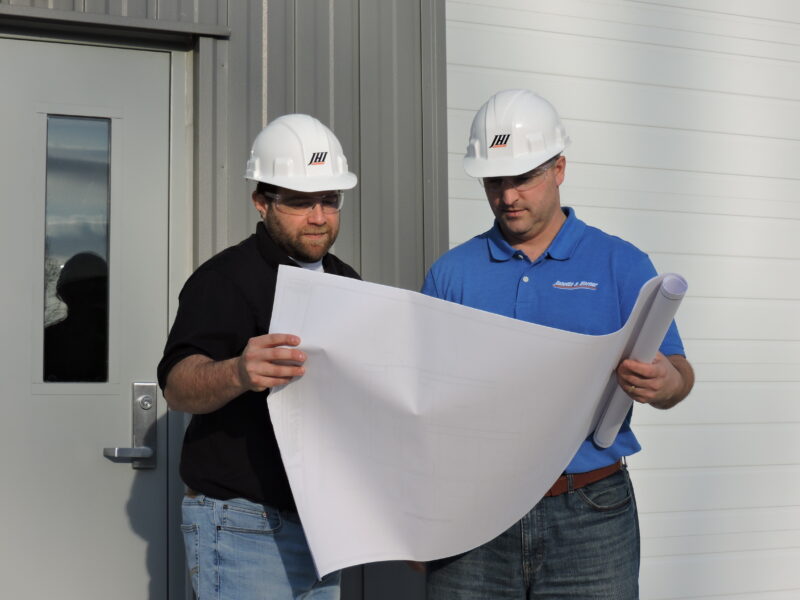
A construction project doesn’t start when the crew shows up on the jobsite. Preplanning is just as important as the actual construction on the job.
After the project manager gets the go ahead to move forward on a project, they will assign a superintendent. The superintendent is the go-to person on-site responsible for the day to day progress of the job. The project manager is the liaison between the owner and superintendent.
One of the first steps that the superintendent will take is mapping out the labor needs and project timeline. Labor is a major driving factor of cost in a project so having a firm plan of action from the start of the project to the end will help keep costs as accurate as possible from the beginning. Some superintendents take up to a week just going over the plans to make sure the plan is as solid as can be expected before it has even begun.
After the project timeline and labor schedule have been established, the superintendent will figure out all the equipment they will need throughout the job and schedule it out for use, make sure all permits are in order and layout the worksite. They need to know where the supplies, job trailers and crew vehicles will be located throughout the job to make sure they have access to what they need when they need it.
All preplanning is extremely important. The more organized you are before the work starts the easier the project will be. But there are some things you cannot plan…
Weather always needs to be factored in. One can generally plan that winter will be cold and summer will be warm, but if one day you are working and inclement weather hits, you need to have a back-up plan for the day. You will notice all projects get the frame, walls and roof up first so the rest of the job isn’t as weather dependent. Control the controllable.
Communication between design and construction is also very important to manage up front. Both pieces need to know how the plans will be implemented to get the client what they want while having a building that is solid and functional. Design may have something on a blueprint that the construction crew doesn’t recommend or can’t accommodate. For example, soil samples are taken to have a better understanding of site conditions which need to be managed differently.
Superintendents also make sure all the people on their jobsite know what needs to happen each day. Having quality employee-owners and subcontractors keep the job moving forward with less oversight from superintendents on the project, but they still need a plan each day on what they need to accomplish.
Construction is much more than what is seen on the jobsite. A superintendent’s job is less about swinging a hammer and more about the planning behind the scenes and throughout the project.
If this dive into the preplanning has you curious about how a construction project happens, check out our Construction 101 article.
